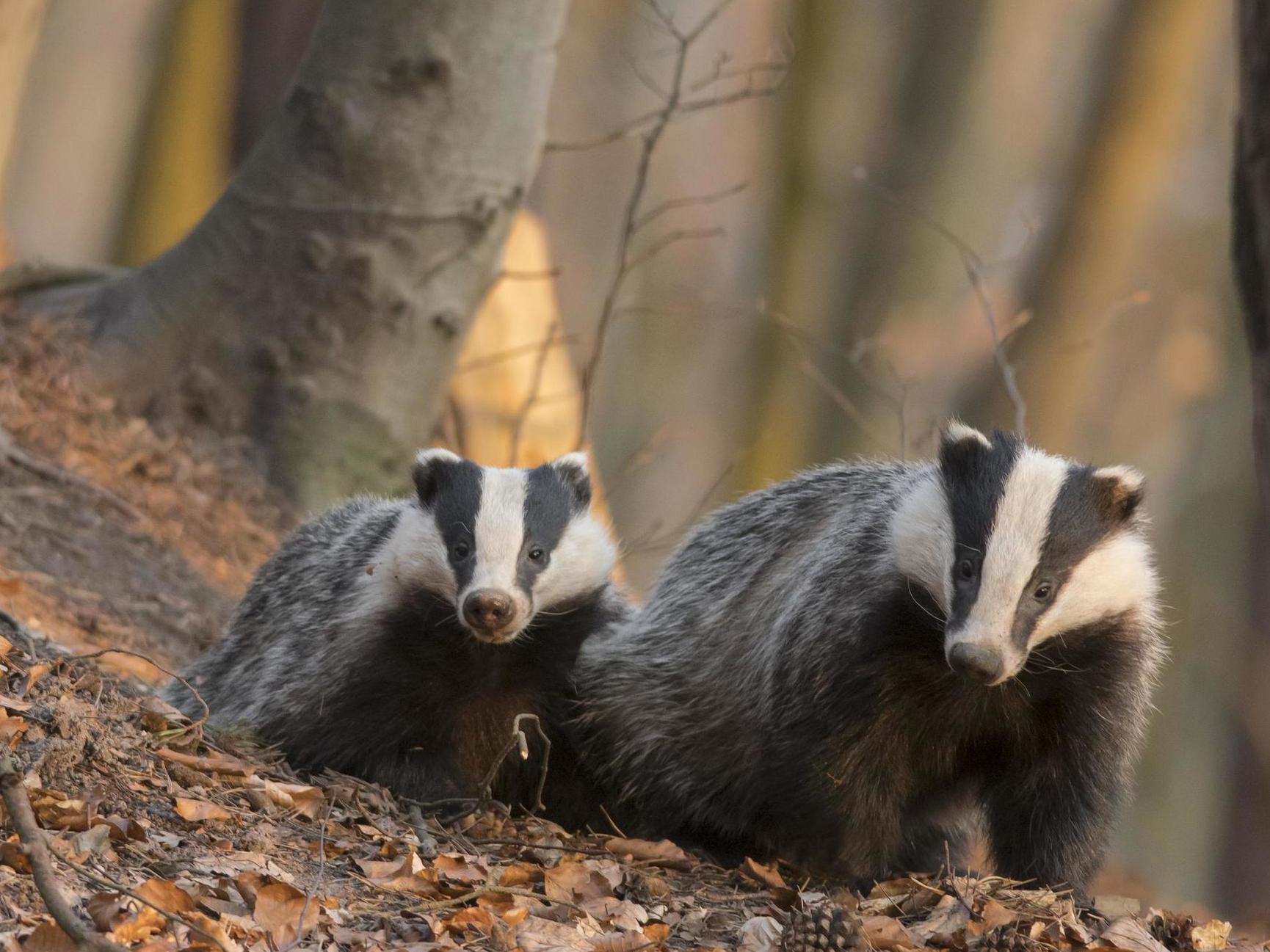Why the badger cull is not working
Analysis: Research suggests the badger cull looks more like a wild goose chase than a solution for tackling bovine TB, writes Phoebe Weston


The debate about culling badgers has raged on for decades – with farmers, conservationists and vets at loggerheads over the best way to stop the spread of bovine tuberculosis (TB).
The disease is a huge burden to farmers and costs the UK taxpayer £100m a year in compensation payouts to those whose infected cattle have had to be slaughtered.
In England, the government is tackling the problem with vast culling operations.
These projects seem to be expanding – last month, the government announced plans to extend the badger cull to 11 new areas, which will result in 63,000 animals being killed this autumn.
Although bacteria that cause bovine TB have been found in a variety of mammals, the European badger has been identified as the predominant wildlife host in Britain.
The idea behind the cull is to reduce the overall number of badgers so the amount of interaction they have with one another as well as with cows falls, which reduces the chance of transmission.
However, in the past few years, a number of studies have suggested that culls – which are done at huge expense – don’t provide a long-term solution.
Many feel the government needs to be “seen to be doing something” to tackle the problem.
Research by the Zoological Society of London (ZSL) is the latest to show why culls might not be effective.
Badgers are very territorial creatures and if they visit a communal latrine and find their neighbour has not left a fresh scent, they will explore their territory, researchers found.
Scientists found that after a cull, badgers were 20 times more likely to visit a neighbouring territory, which significantly increases the chance of the disease being spread.
These findings are not that surprising and other research has also looked at how disruption to badger social structures means culling doesn’t work that well.
Increasingly, experts are suggesting badger vaccination as an alternative to culling and this is already being tested in Ireland.
Other reports have suggested badgers have carried too much of the blame and say that transmission between cows is significantly higher than previously thought. They believe the farming industry needs to change.
Either way, research is increasingly showing badger culls look more like wild goose chases than a long term solution to tackling bovine TB.
Defra should stop digging itself into a hole and start listening to what the scientists are saying.
Join our commenting forum
Join thought-provoking conversations, follow other Independent readers and see their replies
Comments